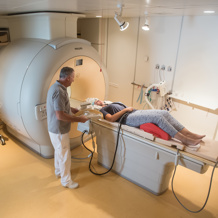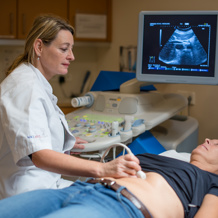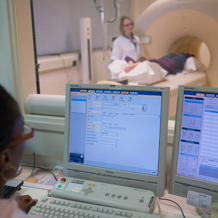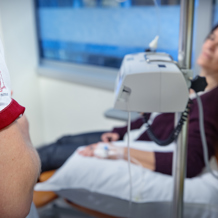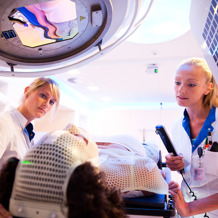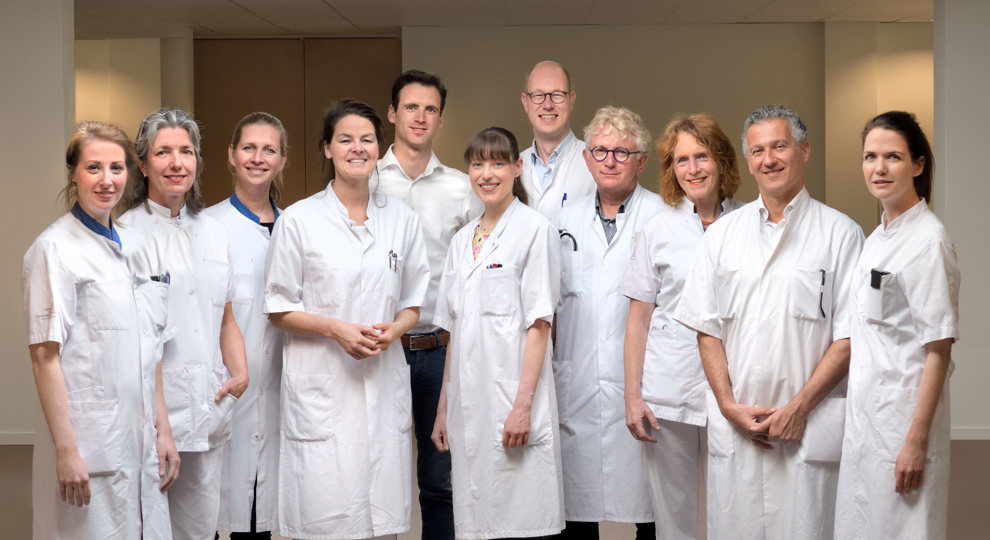Nasal and sinus cancer in the upper jaw
There are several different types of nasal and sinus cancer in the upper jaw. Squamous cell carcinoma and adenocarcinoma are the most common types.
Squamous cell carcinoma develops in the mucus-producing lining (mucosa) in the nasal cavity, maxillary sinuses next to the nose, or the palate. The adenocarcinoma develops in the mucus glands in the maxillary sinuses next to the nose.
Find out more about the causes and symptoms, and the most commonly used diagnostic tests and treatment types for nasal and sinus tumors in the upper jaw on this page.
Causes and symptoms
Tumors in the nasal cavity or sinus in the upper jaw are most common in men over the age of 50. People working in the wood or leather industry have an increased risk of developing adenocarcinoma.
The cause of squamous cell carcinoma is currently not yet known. Smoking may be a factor. If you have developed a tumor in the nasal cavity or sinus in the upper jaw, you may experience one or more of the following symptoms:
- nosebleeds
- nasal congestion
- teary eyes
- facial numbness
- double vision
- fluid build-up behind the retina
- pain and discomfort
Tumors may spread to the cheek.
 nl
nl
 Nederlands
Nederlands

